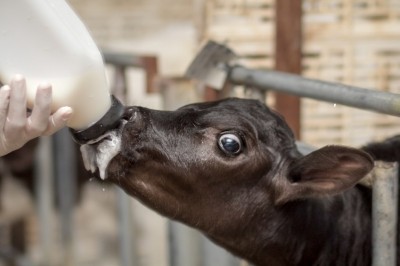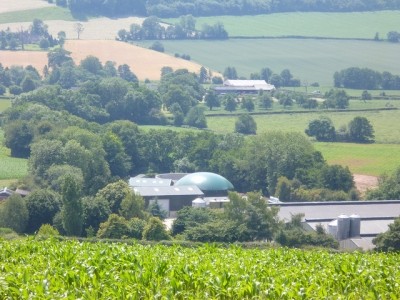Dairy sector challenges greenhouse gas report
The report, “How low can we go: an assessment of greenhouse gas emissions from the UK food system and the scope for reduction by 2050”, was published today by WWF-UK and the Food Climate Research Network (FCRN). The two organisations argue that focusing on technology alone would not be enough to tackle emissions from the industry and that food consumption patterns would have to change too.
Jim Begg, director general of Dairy UK, said the study “suggests removing some of the nation’s most popular foods from the shelves, ‘educating’ consumers to choose different foods and topping up a plant-based diet with supplements”.
“Dairy UK believes that these are dangerous principles that will alienate consumers and the food industry alike. Dairy UK would be happy to work with WWF in a constructive fashion to tackle the environmental challenges that we all face – including radically lowering emissions from the food chain. But that means recognising the economic and social importance of the dairy industry,” said Begg.
“The conclusion that dairy farmers should be encouraged to invest in slashing their output as the world’s population grows in unrealistic. And it is not sensible to advocate that consumers switch to a vegetarian diet, topped up with vitamin supplements.”
Begg said he hoped WWF would engage with the dairy industry and support existing initiatives such as the Milk Roadmap, the Environmental Plan for Dairy Farming and the development of a carbon footprinting standard for dairy.
The joint WWF-FCRN report argues that the food industry needs to cut greenhouse gas emissions by 70 per cent by 2050 to play its part in keeping global temperature rises below two degrees centigrade.
The report states that all stages of the UK food chain give rise to emissions. It breaks the proportion of contribution down as follows: production and initial processing: 34 per cent; manufacturing, distribution, retail and cooking: 26 per cent; agriculturally-induced land use change: 40 per cent.
Livestock farming accounted for 57 per cent of agricultural emissions and was responsible for three quarters of land use change emissions.
The study proposes a range of solutions, including increased production efficiencies; improved crop yields and changes to animal feeds to reduce methane emissions; a significant switch to non-carbon fuels and increased energy use efficiency changes in the types of food we consume.
It also applauds the idea of collaboration between producers, processors, retailers, non-governmental organisations and government highlighted in the government’s recently published Food 2030 report.
Tara Garnett, head of the FCRN, said: “We now know enough to conclude that the food system contributes very substantially to the problem of climate change. We also know enough about where and how the impacts arise to start doing something about them. Business as usual – and even business as usual ‘lite’ – is no longer an option.”
A version of this article was first published by our sister publication FoodManufacture.








